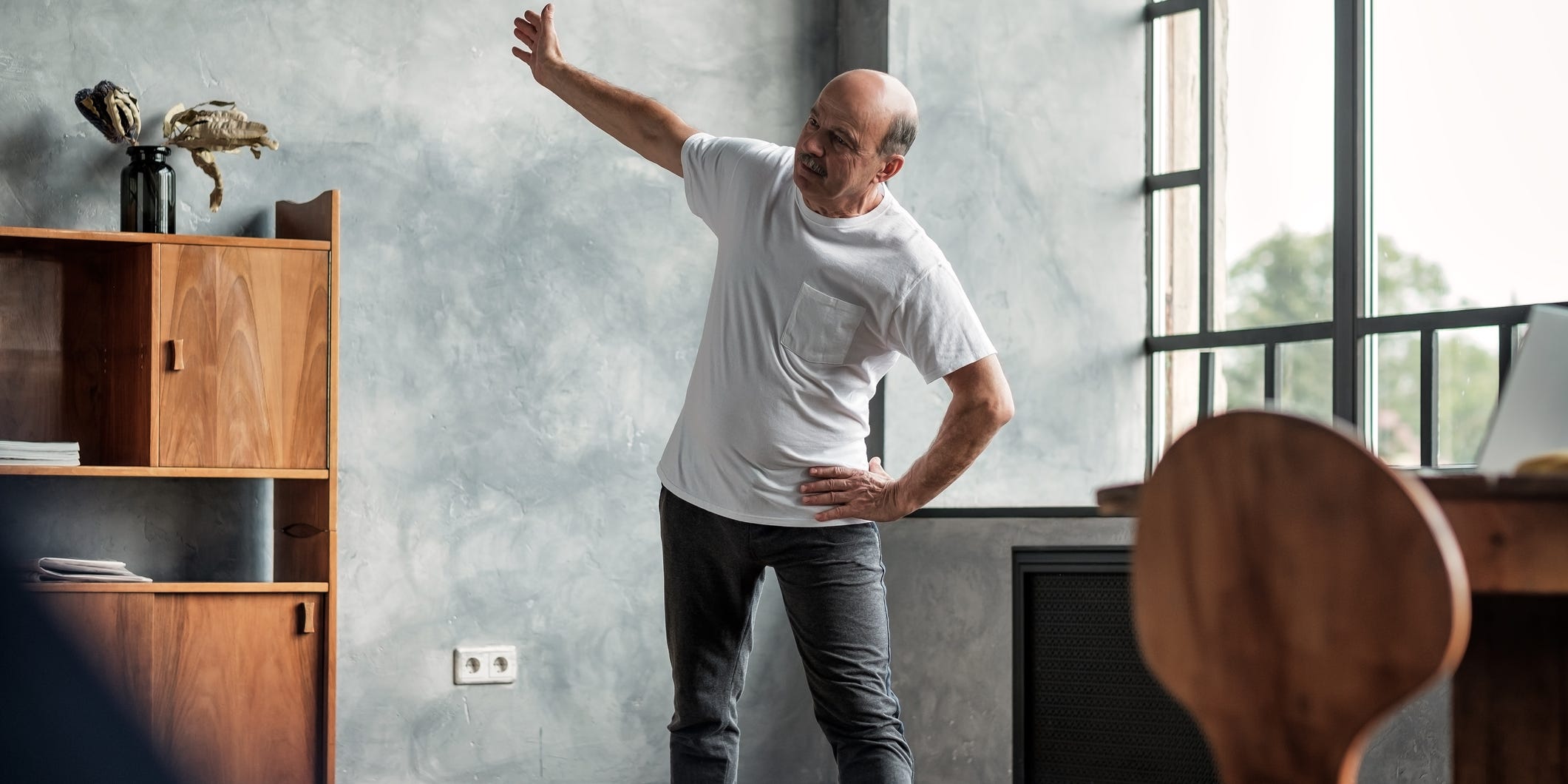
Koldunov/Getty Images
- Seniors should practice balance exercises to prevent falls, improve mobility, and strengthen their lower body.
- Preventing falls is important for seniors because it reduces the risk of hip fractures, head injuries, and the need to use assistive devices like canes or walkers.
- In addition to balance exercises, seniors can remove rugs, avoid wearing flip-flops, and install a railing to prevent falls in the home.
- Visit Insider’s Health Reference library for more advice.
In America, falls are the leading cause of injuries amongst seniors, leading to over three million emergency room visits each year.
Fortunately, there are easy balance exercises and preventative measures that seniors can take to lower the risk of falling and sustaining a serious injury.
Why seniors should improve their balance
According to Ellen Corman, the injury prevention and community engagement manager of Stanford Health Care’s Trauma Center, senior falls can lead to particularly serious injuries such as pelvic fractures, hip fractures, and head injuries. Rib and wrist injuries are also common, she says, and can make it difficult to use assistive devices such as canes or walkers.
The following factors can increase a senior’s risk for fall-related injuries:
- Women account for three-quarters of all fall-related hip fractures, most likely due to their higher rates of osteoporosis.
- Those with sarcopenia – or the loss of muscle mass – in the lower extremities are at a greater risk of fall-related injuries.
- Those over the age of 65 with a history of stroke, nutritional issues, vision problems, and arthritis may also be at a greater risk.
- Those who shuffle when walking versus using a heel-to-toe gait can have a higher risk for falls. Corman says this is because it makes it more likely to trip on objects like rugs.
However, research has shown that maintaining generally higher levels of physical activity can one’s risk of fall-related injury.
Balance exercises performed as little as two times a week over two years can lower seniors' fall risk. Although, analyses of several studies have found the most effective programs include resistance training and aerobic exercise in addition to balance practice. The National Council on Aging recommends 30 minutes of moderate aerobic exercise five times a week and muscle-strengthening activities 2 days a week.
Here are six of the best balance exercises and how to do them:
The best balance exercises for seniors
Corman cautions seniors against adopting specific workout plans without speaking to a medical professional first, since not everyone is at the same fitness level or has the same medical conditions. Nevertheless, Croman recommends a number of basic exercises to foster strength and balance in stabilizing muscles and help restore seniors' gait.
1. Sit-to-stand
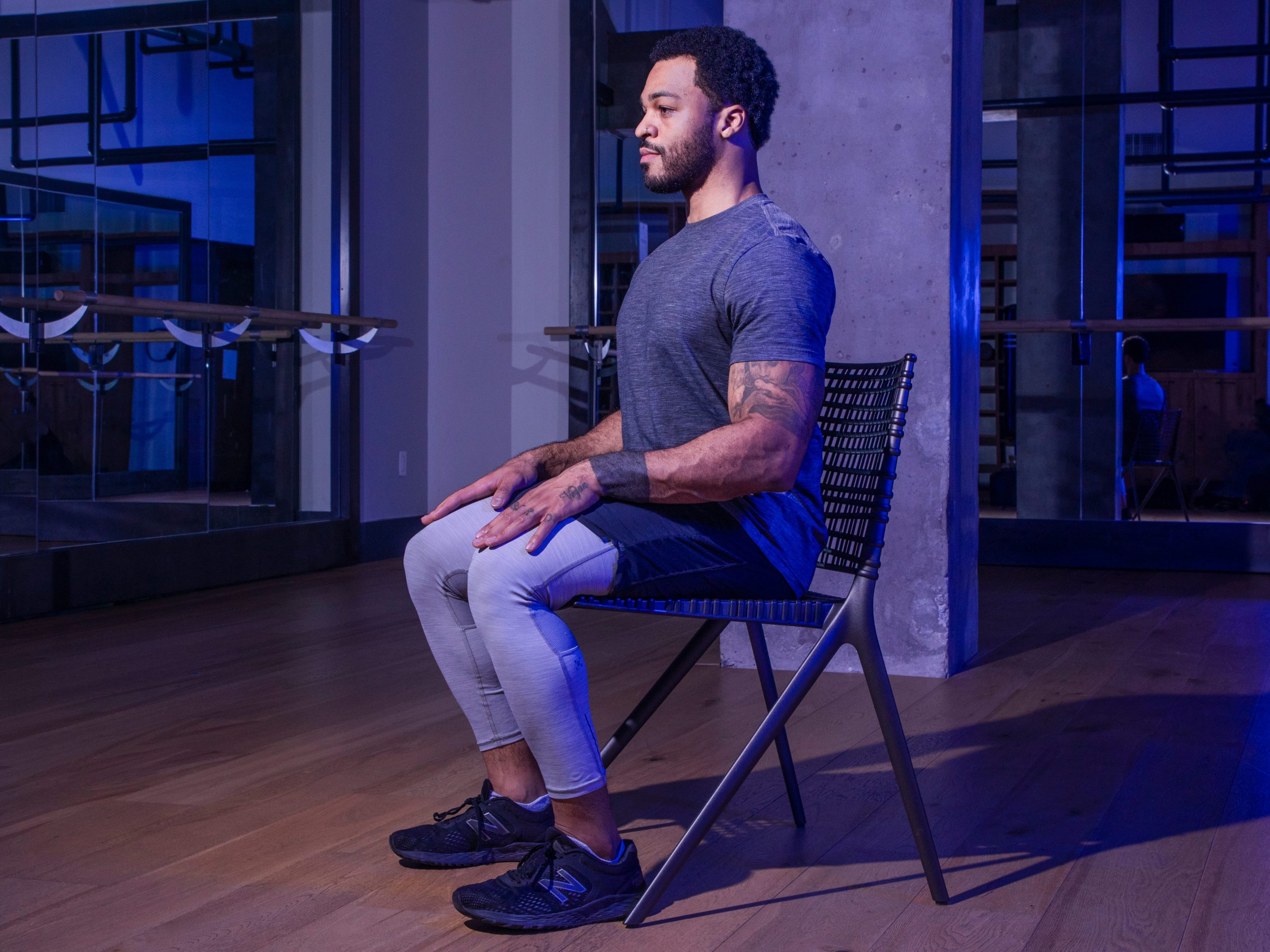
Crystal Cox
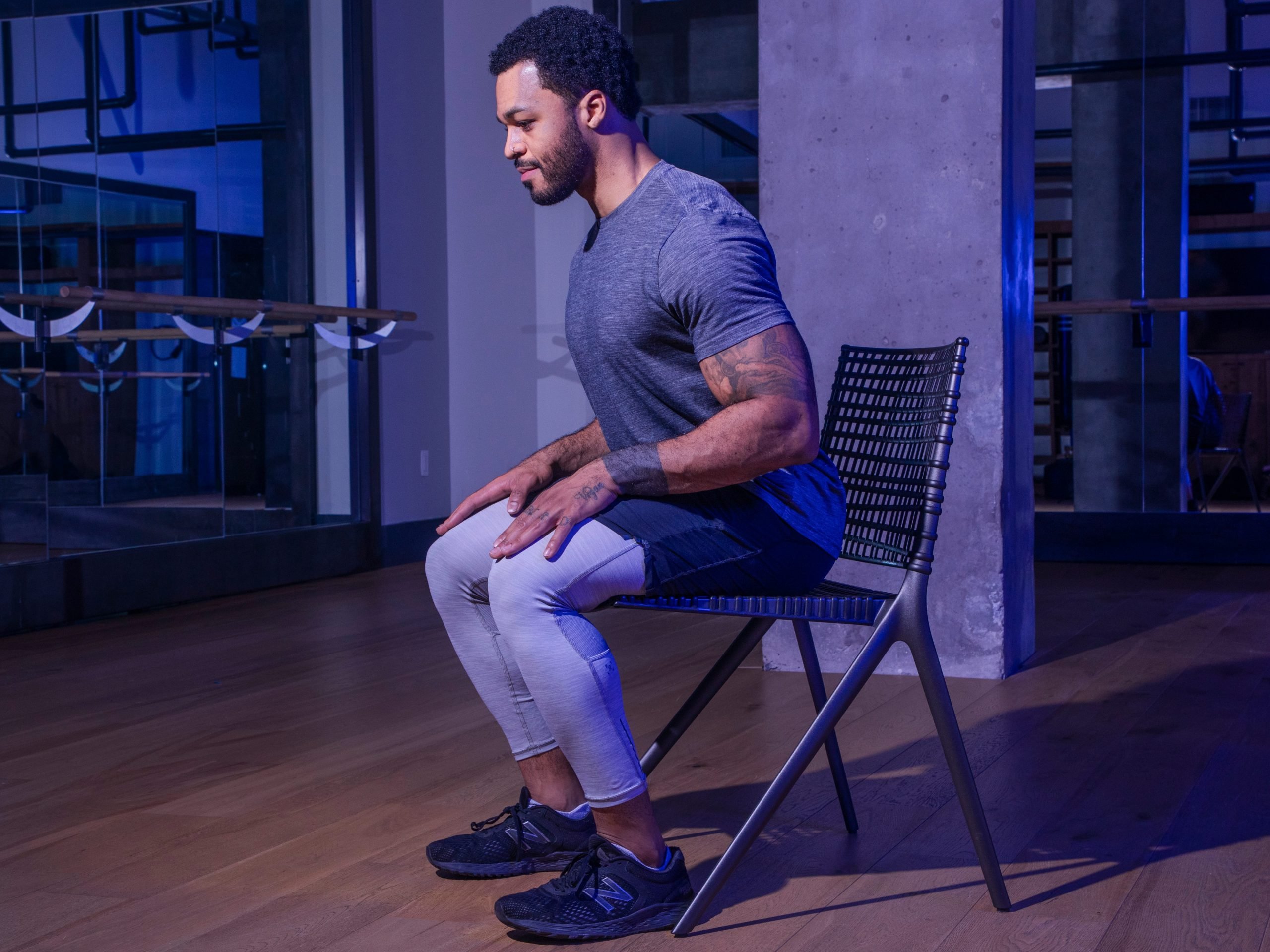
Crystal Cox/INSIDER
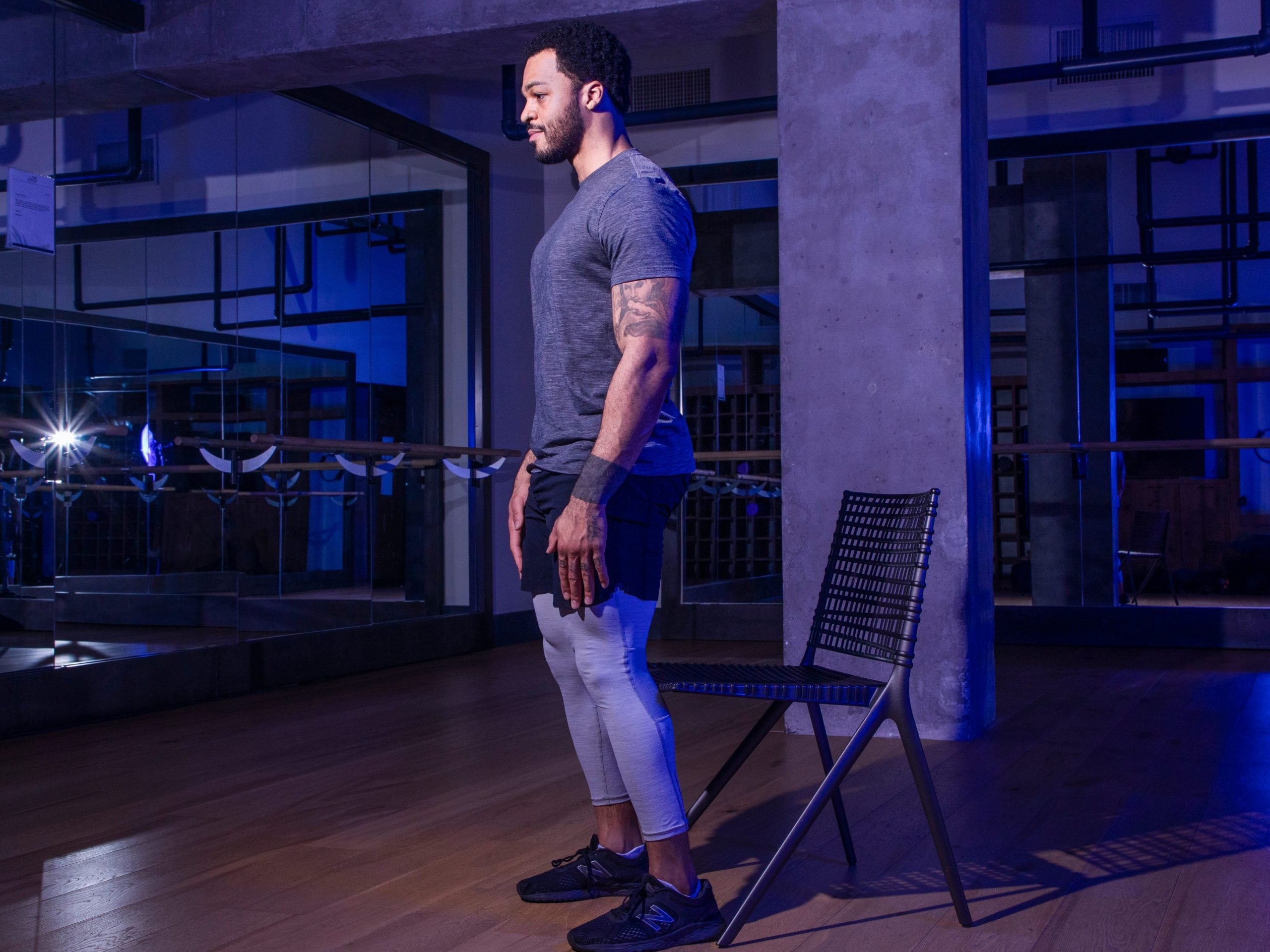
Crystal Cox/INSIDER
- Sit in a chair, feet hip-width apart.
- Slide your feet back, so the heels are just behind the lip of the chair.
- Pushing through your heels, stand up.
- Sit down.
Repeat for 8 to 12 repetitions. If this is too challenging, use an armrest for assistance.
2. Ankle circles
- Roll your ankle clockwise for 8 to 12 repetitions
- Now move your ankle counter-clockwise for 8 to 12 repetitions.
- Repeat on the other side.
Ankle circles help maintain ankle mobility. Corman recommends doing a few sets whenever you are sitting down for a prolonged period of time.
3. Ankle balance and strength
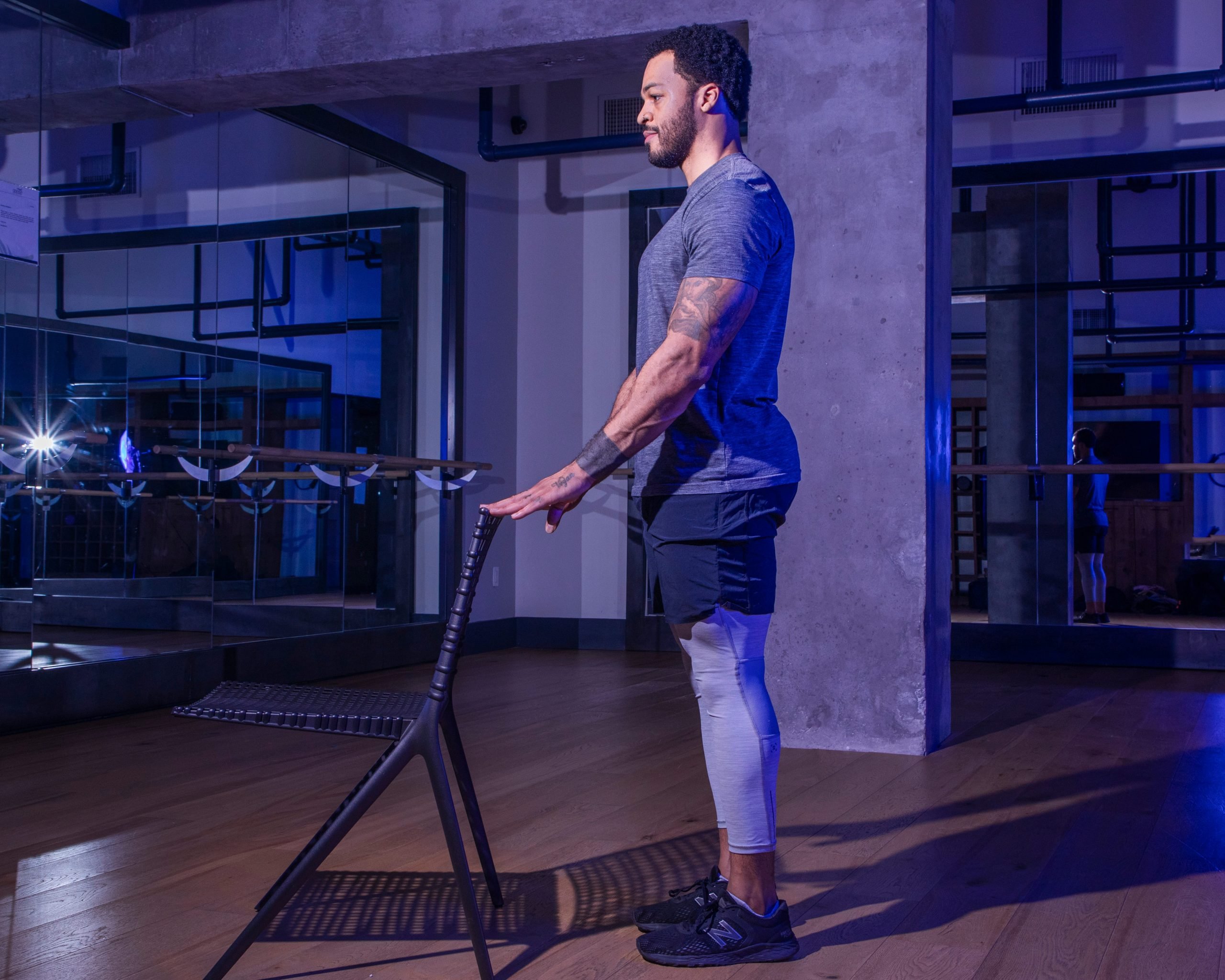
Crystal Cox/INSIDER
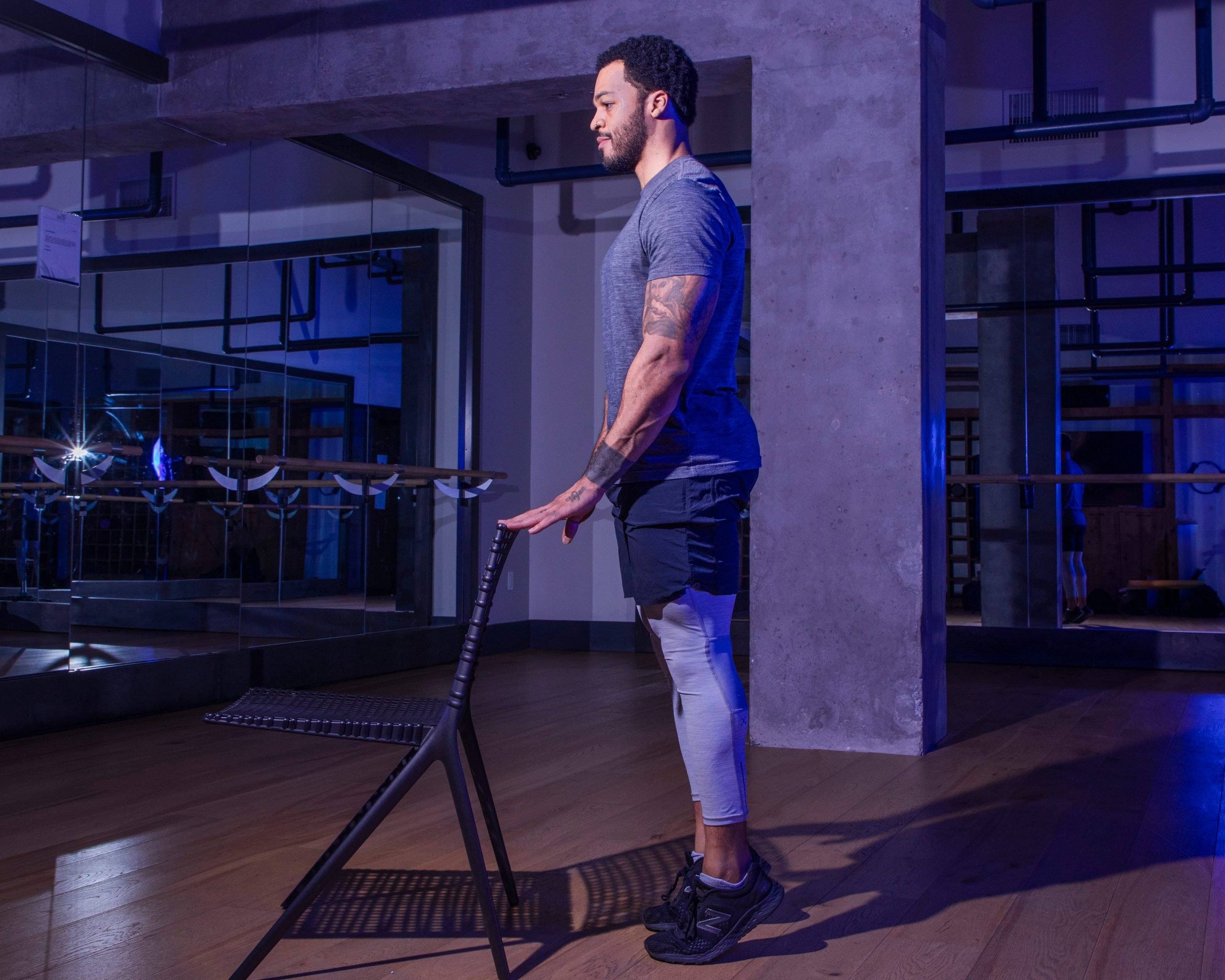
Crystal Cox/INSIDER
- Holding onto something for balance, stand on your tiptoes.
- Then, put your heels on the ground, and lift your toes off
- Alternate between these two positions
Aim to hold each position for 15 seconds.
4. Heel-Toe Standing
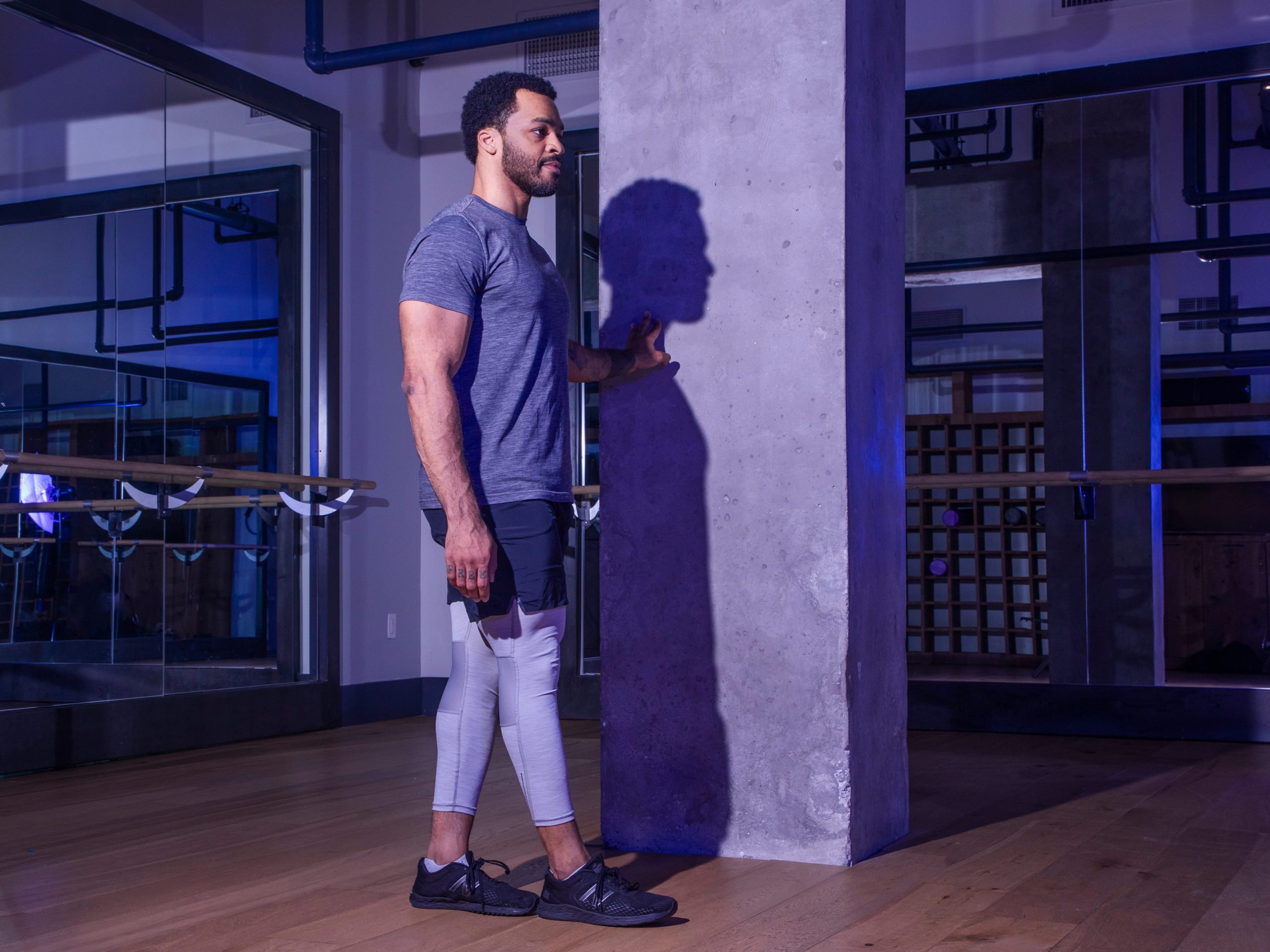
Crystal Cox/INSIDER
- Hold lightly onto something for balance
- Stand heel-to-toe, with one foot directly in line with, and in front of, the other.
- Alternate foot position every 15 seconds, holding each one for a full minute.
- If this presents no issues, then try walking like this - essentially "walking a line" as one would in a field sobriety test - for at least 5 paces.
5. Sideways walking
- Take a step to the right, putting your feet together, then to your left.
- Perform 10 steps in each direction.
Both the side stepping and the maintenance of balance with your feet in a narrow stance are useful for balance.
6. Foot Lifts
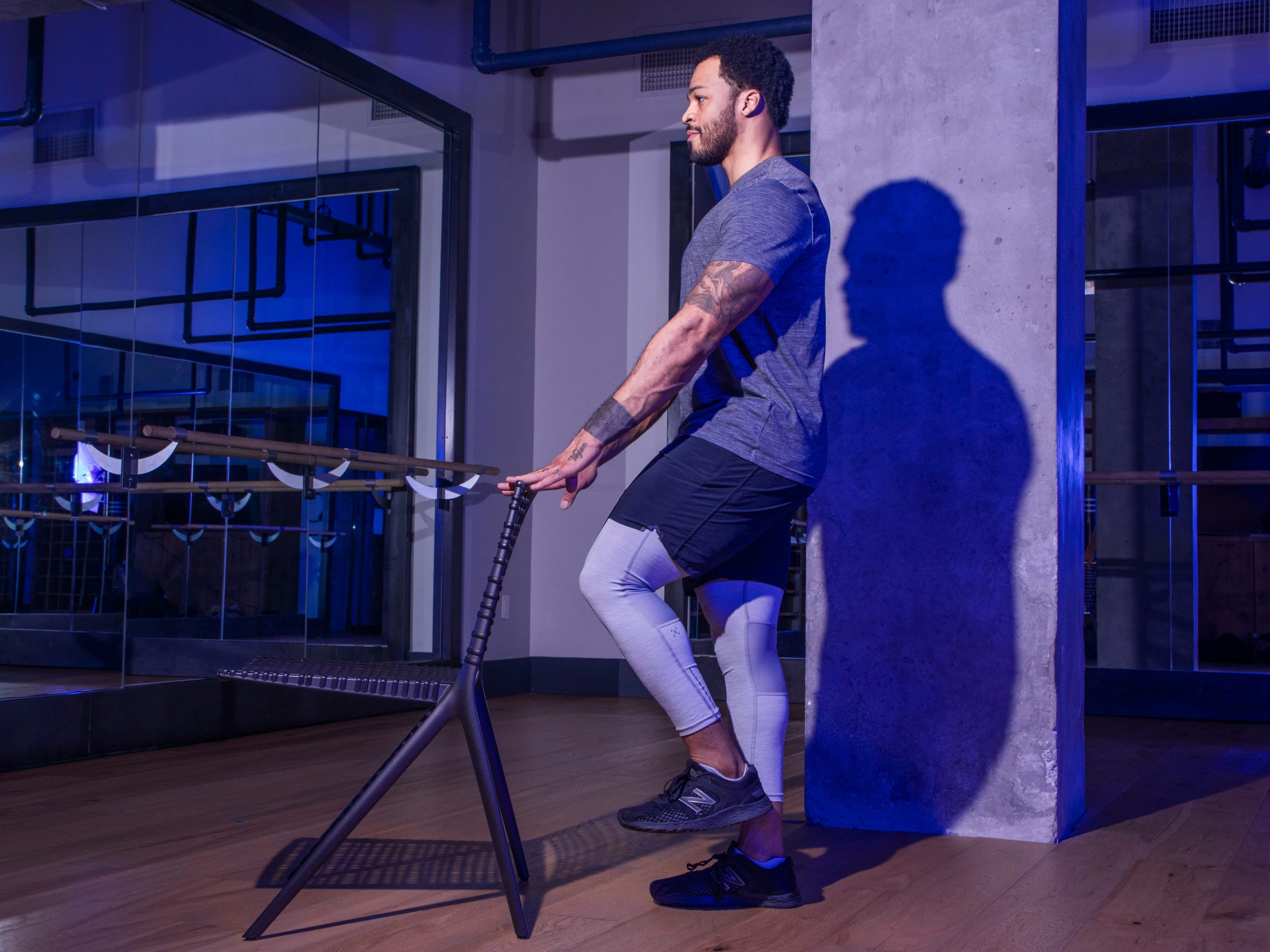
Crystal Cox/INSIDER
- A commonplace balance assessment is to stand for 10 seconds with your feet together.
- If you can do that, then lift one foot half off the ground, heel first.
- Hold that for 10 seconds.
- If you can do that, try standing on one foot for 10 seconds.
Additionally, the National Council on Aging and the CDC recommends seniors practice Tai Chi - a slow-moving martial art form that emphasizes balance and flexibility as you flow through stances.
Corman does warn there is little data concerning fitness plans for seniors with neuropathic conditions. Thus, disabled seniors should consult with a doctor, to get advice on more appropriately tailoring their fitness regime to their capability.
Tips to prevent falls at home
Corman stresses that balance exercises, while an important part of fall prevention, are just one aspect of preventing falls. Organizing one's environment to minimize tripping hazards is just as important. She offers a few tips:
- Avoid flip flops: Flip flops encourage a shuffling gait that can contribute to trips. Instead, she recommends house shoes with secure backing, such as sneakers.
- Remove rugs: Throw rugs increase your risk of tripping.
- Install railings: Railings along all stairways and in showers can be much-needed stability aids.
- Keep rooms well-lit: Low-light vision deteriorates with age. Thus, instead of walking through a dark room to hit a light switch, Corman recommends installing nightlights or keeping a flashlight stashed in the nightstand, to make navigating the dark easier.
- Ditch the bifocals: "The literature tells you," warns Corman, "that you're better off keeping two pair of glasses." Bifocals can compromise depth perception. Having two glasses, with the pair you would use to navigate a room kept on a chain around your neck, would likely be much safer."
- Reduce tripping hazards: Making an effort to stow away tripping hazards - such as electrical cords, boxes, or toys - is a major step to creating a safer house.
Insider's takeaway
Falls present a major health risk to seniors and can exacerbate the fear of losing one's independence due to traumatic injury. However, improving your balance and maintaining your strength can help reduce your risk of fall-related injuries.
Corman recommends that seniors, especially those with neuropathic conditions, see a medical professional before taking up a random fitness plan. Nevertheless, she recommends that people review one of the many NCOA-approved fall-prevention plans to learn more about exercises that could help them. Ultimately, says Corman, staying active and keeping the house clear of tripping hazards, can go a long way towards lowering the danger of fall-related injuries.
Related articles from Health Reference:
- Should you walk or run? Which is best for weight loss, joint health, and burning calories
- How to fix posture: Exercises, stretches, and other tips
- Should you bike or run? Which is best for weight loss, strengthening muscles, and preventing injuries
- What muscles running works - and how to prevent injury in them
- Is running bad for you? The pros and cons of running